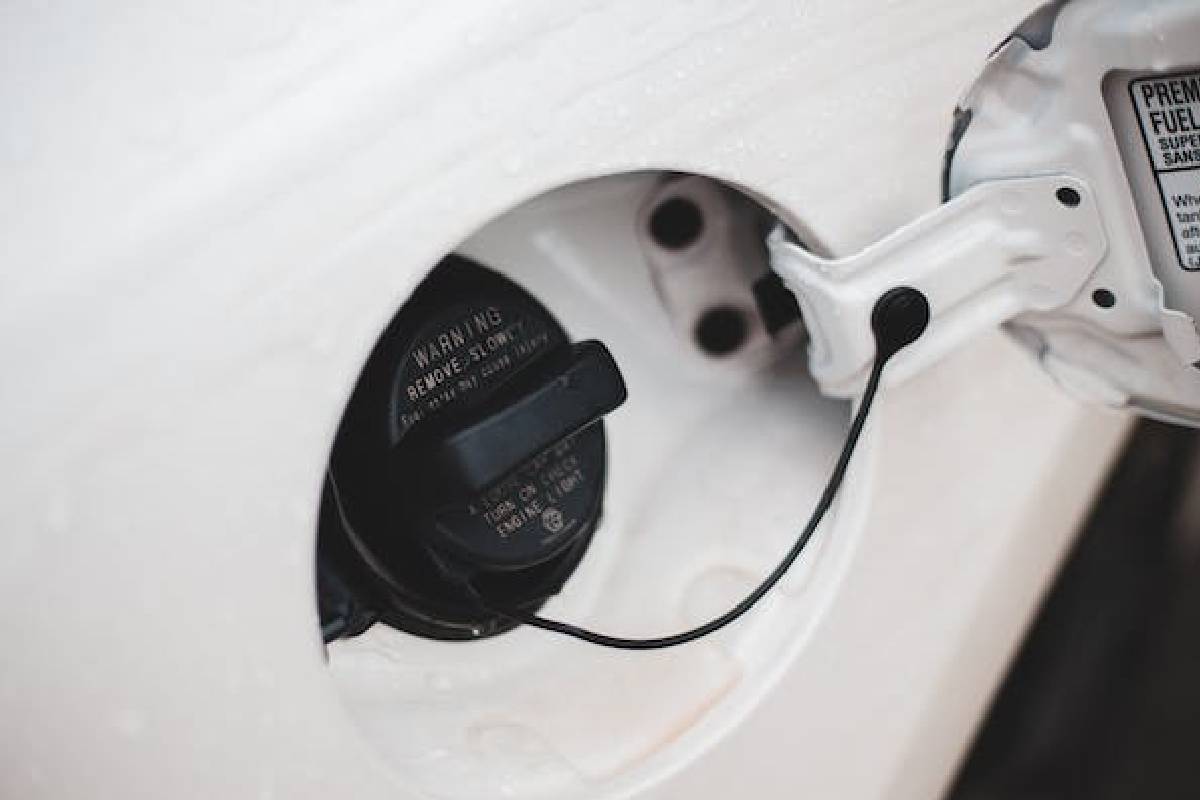
Individuals interested in electric automobiles frequently ask about the difference between the fuel tank size in EVs and ICE. People ask why the top speeds of the majority of electric vehicles are electrically constrained. Why is the range shorter for a car with an equivalent internal combustion engine?
The energy content of the various propulsion fuels and their equivalent high-voltage battery packs must be examined to respond to these issues.
Petrol and diesel fuel energy content
Let’s start with the two fuels currently most widely used globally in terms of energy content. The energy content of one liter of gasoline is 9 kWh, while that of one liter of diesel is roughly 10 kWh.
To put these figures into perspective, a typical compact automobile with a modest 40-litre fuel tank, if powered by gasoline, can carry 360 kWh of energy. If it is powered by diesel, the equivalent is 400 kWh.
High voltage battery energy content
Nowadays, a compact car’s high-voltage battery typically has a net energy content of 50 to 80 kWh. The crucial phrase here is “net,” as the drivetrain cannot access the total amount of energy contained in the high-voltage battery.
The pack contains a necessary top and bottom buffer. Because the deep drain of a high-voltage battery pack might be disastrous. The top buffer is always lower than the bottom buffer. The makers are a little more lenient with the bottom buffer. The battery lasts longer, generally the higher, the buffer. Because a larger buffer means less net energy is available to move the car. The manufacturers must raise the vehicle’s power output, which is a highly challenging problem.
As a result, they are compelled to include more modules, which raises the weight and space requirements for the car. Because the buffer issue is so crucial, the manufacturers advise keeping the battery’s charge between 20 and 80% for daily use. By changing how we charge, we can raise the top and bottom buffers this way.
Comparing the propulsion methods
A conventional combustion engine’s fuel tank may hold roughly ten times as much energy as a typical battery. However, the electric car benefits from significantly greater efficiency. An equivalent internal combustion engine requires almost three times as much energy to travel the same distance as an electric vehicle. Modern internal combustion engines, including turbocharged and direct-injection gasoline and diesel engines, only achieve 38–40% efficiencies.
How much energy are EVs going to need to have a similar range? To match the range of the gasoline model, we need 128 kWh, and to match the range of the diesel model, we need 158 kWh. The actual figure is substantially greater because adding a battery of this type will significantly increase the weight of the vehicle and increase the amount of electricity used. Therefore, having the same range as an ICE vehicle with present battery technology is impossible. Early research, however, indicates that solid-state batteries might drastically close that gap.
The most cutting-edge electric cars on the market today can charge up to 270 kW of power. For a 50-liter gasoline or diesel tank, the corresponding “charging” power is 13,500 kW and 15,000 kW, respectively. An ICE vehicle takes roughly 2 minutes to “charge.” Again, the ICE car benefits greatly from the differential “charging” speed.
This can be somewhat reduced by overnight charging the electric car when it is not in use, which is not possible with an ICE vehicle. Additionally, the actual difference in charging times is not as great as the difference in charging rates suggests because the “tank” on EVs is much smaller. It’s good that even quicker charging choices aren’t too far off because we still definitely need them.


